A new laser sensor that monitors blood glucose levels without penetrating the skin could transform the lives of millions of people living with diabetes. Currently, many people with diabetes need to measure their blood glucose levels by pricking their fingers, squeezing drops of blood onto test strips, and processing the results with portable glucometers. The process can be uncomfortable, messy and often has to be repeated several times every day. The new technology, developed by Professor Gin Jose and a team at the University of Leeds, uses a small device with low-powered lasers to measure blood glucose levels without penetrating the skin. It could give people a simpler, pain-free alternative to finger pricking. The technology has continuous monitoring capabilities making it ideal for development as a wearable device. This could help improve the lives of millions of people by enabling them to constantly monitor their glucose levels without the need for an implant. It is also good news for healthcare providers as it could provide a simpler and cheaper alternative to both of the current methods – finger pricking, which uses disposable sample strips, or invasive continuous monitors, which use implanted sensors that need regular replacement. This technology is licensed to Glucosense Diagnostics, a spin-out company jointly formed and funded by the University of Leeds and NetScientific plc, At the heart of this new technology is a piece of nano-engineered silica glass with ions that fluoresce in infrared light when a low power laser light hits them. When the glass is in contact with the users’ skin, the extent of fluorescence signal varies in relation to the concentration of glucose in their blood. The device measures the length of time the fluorescence lasts for and uses that to calculate the glucose level in a person’s bloodstream without the need for a needle. This process takes less than 30 seconds. Source: http://www.leeds.ac.uk/news/article/3723/non-invasive_device_could_end_daily_finger_pricking_for_people_with_diabetes Video Credit: youtube.com/universityofleedsuk Get more details about Glucosense from http://www.glucosense.net/ Subscribe to our YouTube channel at http://www.youtube.com/subscription_center?add_user=qualitypointtech
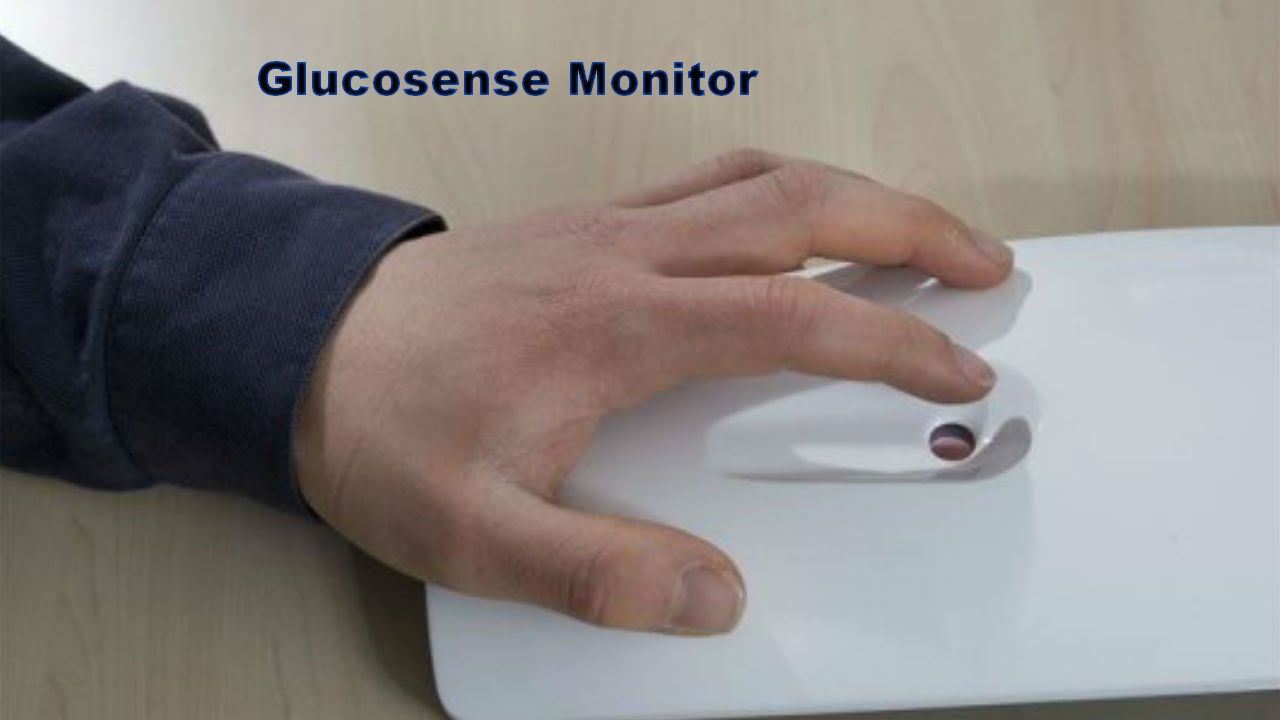
Glucosense ends finger pricking for people with Diabetes
- Post author:
- Post published:June 5, 2021
- Post category:Uncategorized
- Post comments:0 Comments
You Might Also Like

High Blood Pressure – Causes, Symptoms and Treatment Options

Shoulder Anatomy 101: Exercises and Functions of Your Shoulders (Traps, Deltoids, Rotator Cuff)
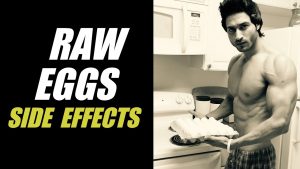
Side Effects of eating RAW EGGS | Info by Guru Mann
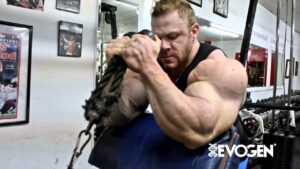
Justin Compton Mass Construction Preacher Hammer Curl With Rope

The IDEAL Body According To Women!

What are Antioxidants and Free Radicals Anyway?!

Testosterone & Androgenic Effects Video – 7

Gymnastics Video – 3

Spa Products Video – 1
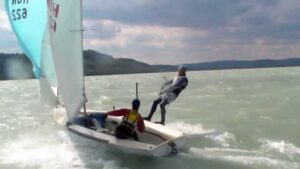
Sailing Video – 1

Spa Products Video – 3

Human Body, Body Building Muscle Building Anatomy Physiology Video – 32

Lateral Raises-16

what is the definition of Aerobic exercise (Medical Dictionary Online)
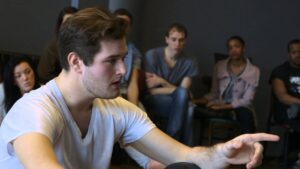
Alexander Technique Video – 2
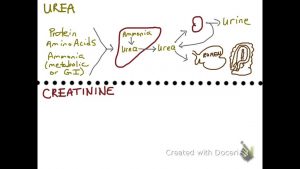
Urea & Creatinine
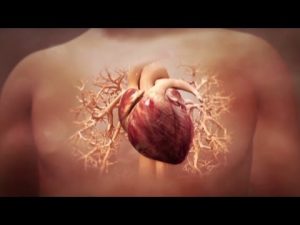
Can heart attack damage be reversed?

How To Boost Metabolism 7 Tips How To Increase Metabolism

Half Life (T 1/2) – Pharmacology

High Blood Pressure – Causes, Symptoms and Treatment Options

Rowing Video – 2

Fat Loss, Weight Loss Video – 16
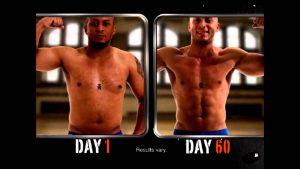
Workout Insanity 2014 Video Training + PDF Nutrition Guide

Tricep Bar Hammer Preacher Curls
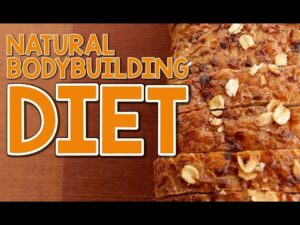
Bodybuilding Nutrition, Diet Recipes & Workout – 43

Exercise vs Diet

Friday WOD @ DEFINITION FITNESS GYM
![Read more about the article Osteoporosis [Bone Disease] | Simple & Effective Natural Home Remedies for Osteoporosis & Arthritis](https://videos.drmaheshkumar.com/wp-content/uploads/2021/05/Osteoporosis-Bone-Disease-Simple-Effective-Natural-Home-Remedies-for-Osteoporosis-Arthritis-300x169.jpg)
Osteoporosis [Bone Disease] | Simple & Effective Natural Home Remedies for Osteoporosis & Arthritis

3D Animation of Internal Organs

Diving Video – 4

Fitness: Aufbau vs. Definition

Pre Blended Oils Video – 2

How To Administer a Glucagon Injection
Carbohydrates

Good Vitamin B Foods | Vitamins

These 3 Vitamins May Stop Brain Loss And Prevent Alzheimer’s Disease

Reproductive embryology
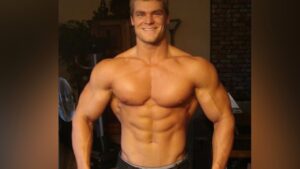
Steroid Free Natural Bodybuilding Transformation

Steroids and Kidney

Green Coffee Recipe to Enhance Fat Burning and Lose Weight
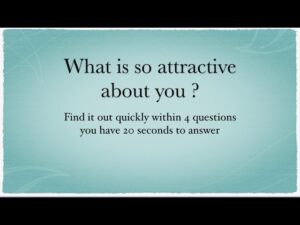
Personality Psychology Video – 3

